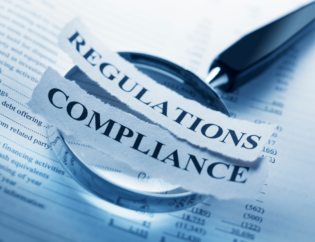
Digital assets, also known as cryptocurrencies, have been gaining widespread popularity in recent years, with their market capitalization reaching nearly $3 trillion in 2021. As this new asset class continues to grow, governments around the world are grappling with how to regulate it. In this article, we will take a global snapshot of digital asset regulations, examining the trends, challenges, and opportunities they present.
The Current State of Digital Asset Regulations
Digital assets are currently subject to a patchwork of regulations around the world, with some countries taking a more permissive approach than others. In the United States, for example, digital assets are subject to a complex web of regulations from multiple agencies, including the Securities and Exchange Commission (SEC), the Commodity Futures Trading Commission (CFTC), and the Internal Revenue Service (IRS).
Other countries have taken a more permissive approach to digital asset regulations. In Malta, for example, the government has sought to position the country as a hub for digital asset companies by enacting a regulatory framework that provides clarity and certainty for businesses operating in the sector. Similarly, Switzerland has enacted laws that provide a clear legal framework for digital assets, making it an attractive destination for companies looking to operate in the sector.
Trends in Digital Asset Regulations
Despite the patchwork of regulations that currently exists, there are several trends that are emerging in digital asset regulations around the world. One of the most significant trends is the increasing recognition of digital assets as a legitimate asset class. This recognition is leading to the development of regulatory frameworks that provide clarity and certainty for businesses operating in the sector.
Another trend is the focus on anti-money laundering (AML) and know-your-customer (KYC) regulations. Governments around the world are increasingly concerned about the use of digital assets for illicit purposes, such as money laundering and terrorism financing. As a result, they are enacting regulations that require digital asset businesses to implement robust AML and KYC procedures.
Challenges in Digital Asset Regulations
Despite these trends, there are still significant challenges facing digital asset regulations around the world. One of the biggest challenges is the lack of international harmonization. As digital assets are a global phenomenon, the lack of harmonization between different countries' regulations can create confusion and uncertainty for businesses operating in the sector.
Another challenge is the difficulty of regulating decentralized digital assets, such as Bitcoin. Because these assets are not controlled by any single entity, it can be challenging for governments to develop regulatory frameworks that effectively address the risks associated with them.
Opportunities in Digital Asset Regulations
Despite these challenges, there are also significant opportunities presented by digital asset regulations. One of the biggest opportunities is the potential for digital assets to drive innovation and economic growth. By providing clarity and certainty for businesses operating in the sector, regulatory frameworks can help to foster innovation and attract investment.
Another opportunity is the potential for digital assets to provide financial inclusion for underserved populations. Digital assets can provide a low-cost and efficient way for people to access financial services, regardless of where they live or their financial status.
Conclusion
Digital asset regulations are still in their infancy, and there is much work to be done to create a harmonized, effective, and globally accepted regulatory framework. However, the trends and opportunities presented by digital assets suggest that they have the potential to drive innovation, economic growth, and financial inclusion around the world. As governments continue to grapple with how to regulate this new asset class, it will be important for them to work collaboratively to create a regulatory framework that provides clarity and certainty for businesses operating in the sector while addressing the risks associated with it.








